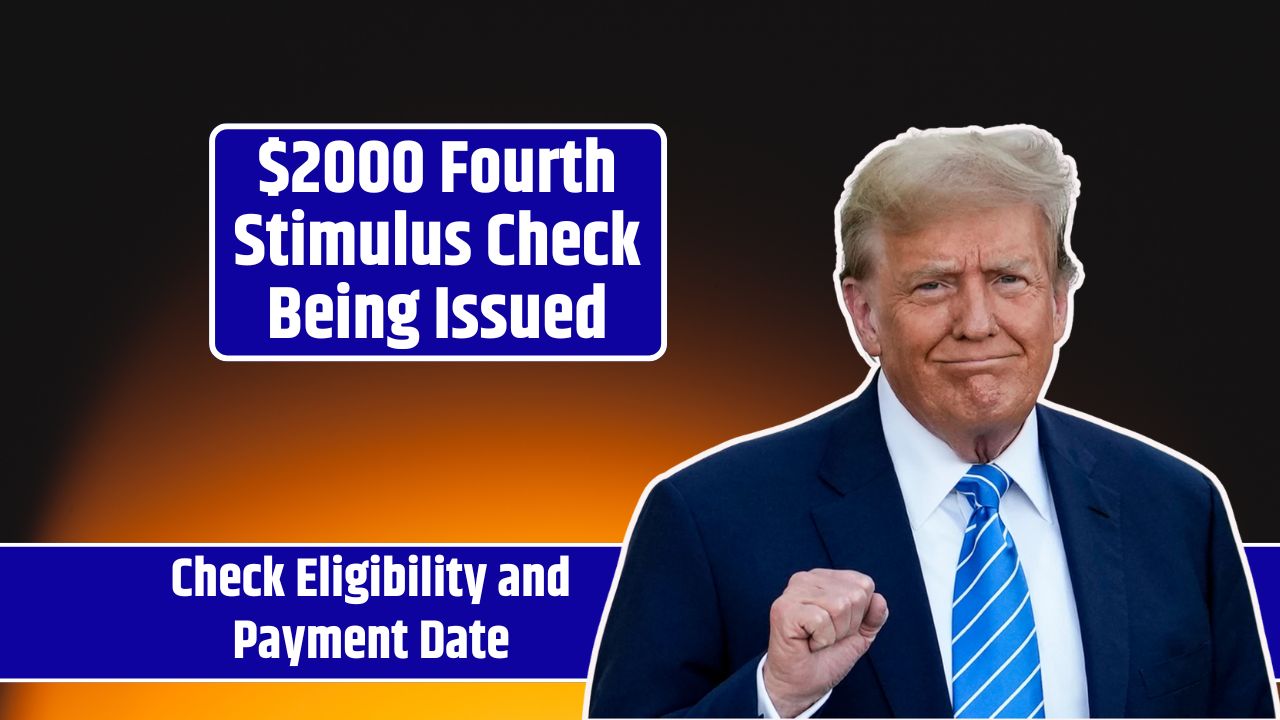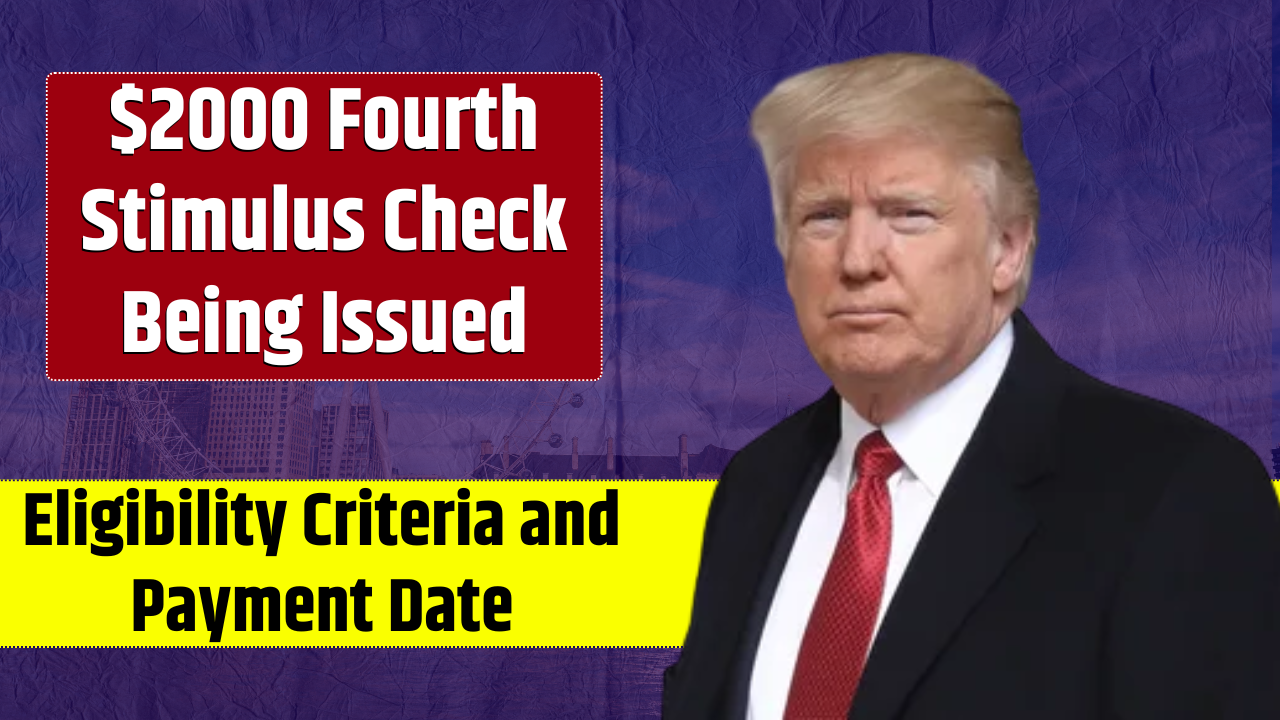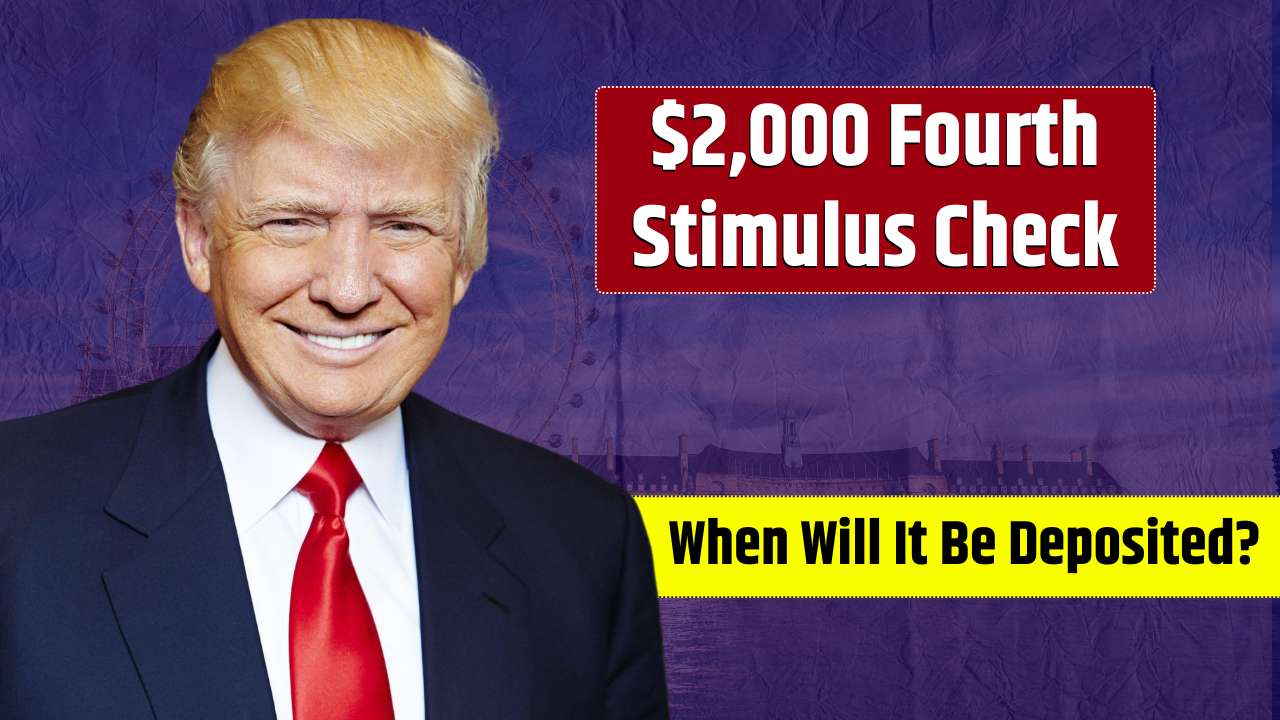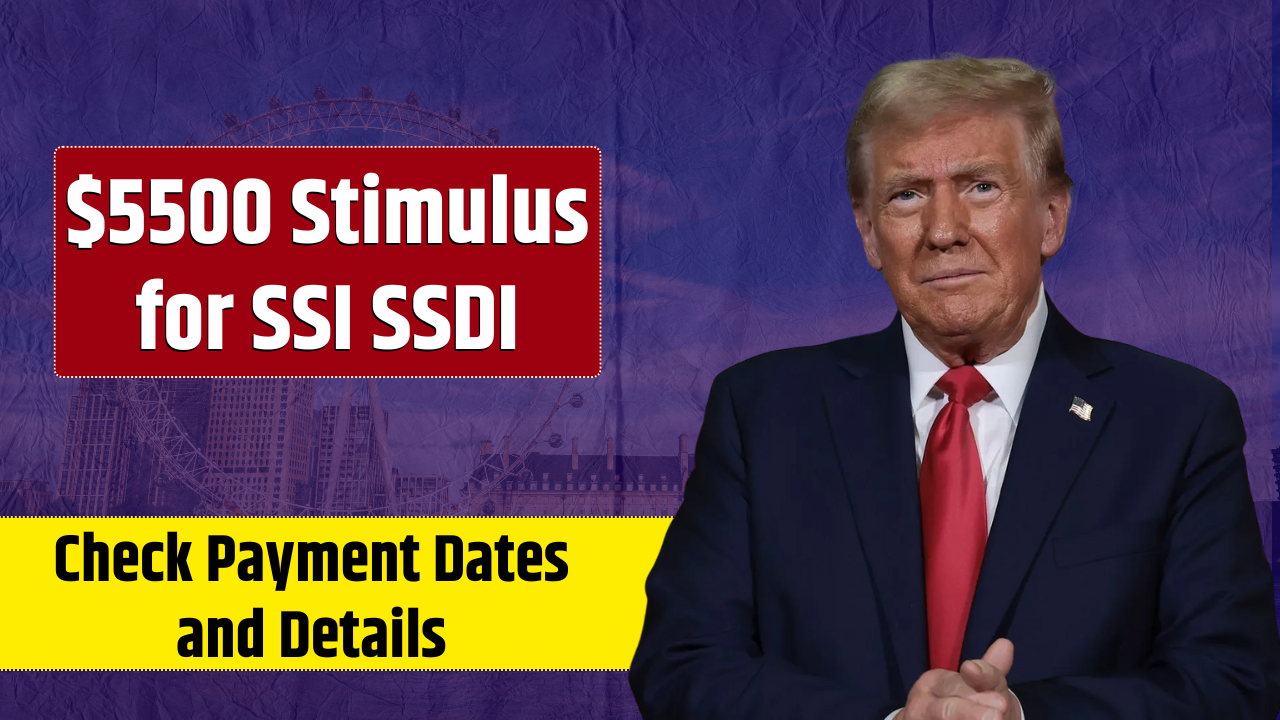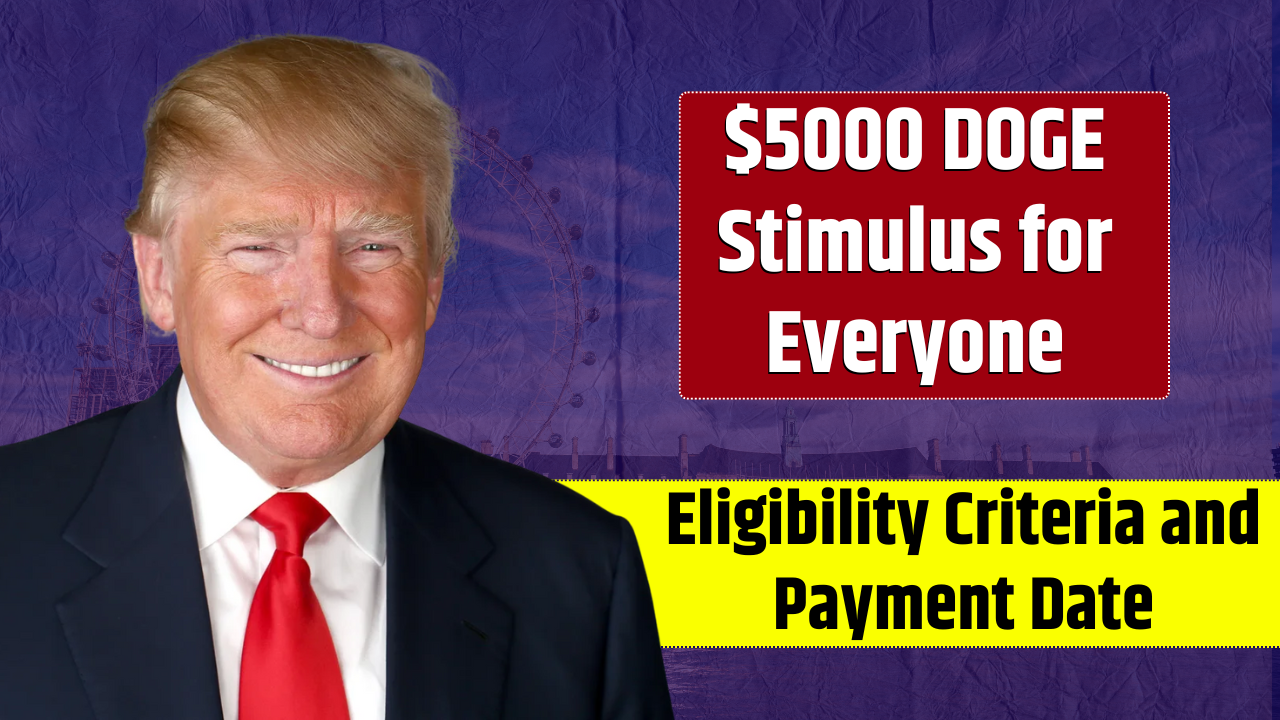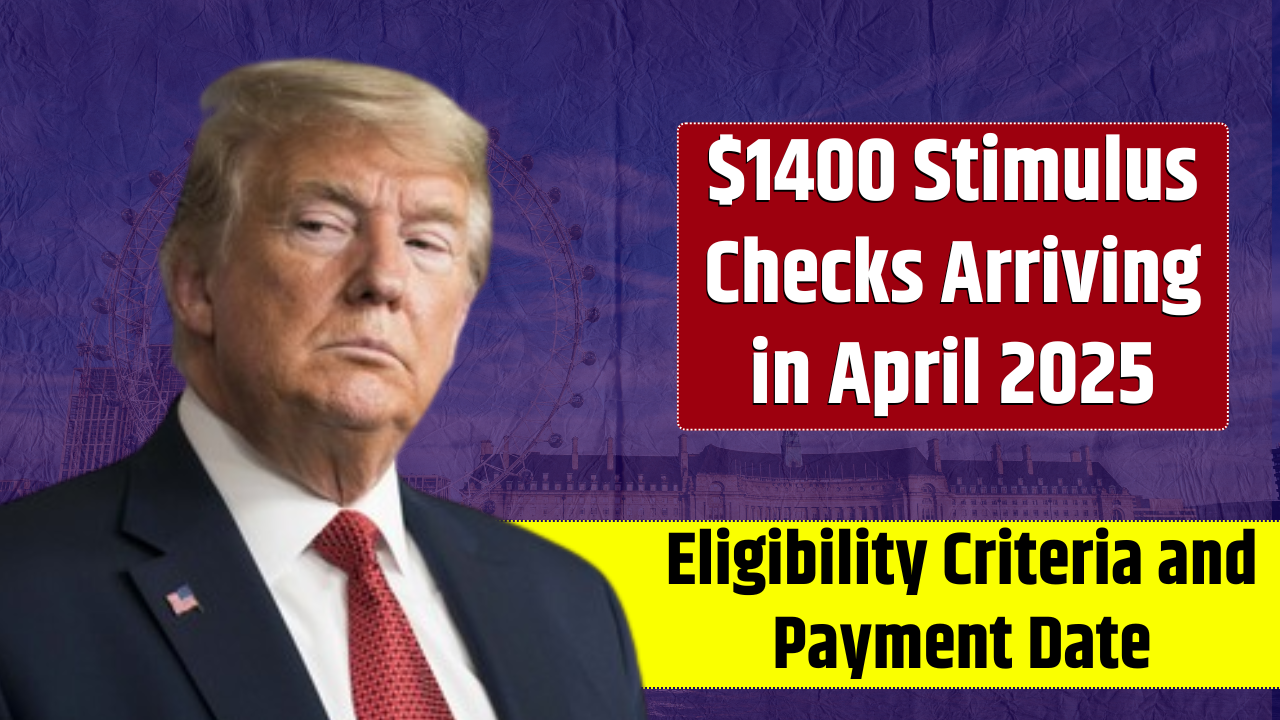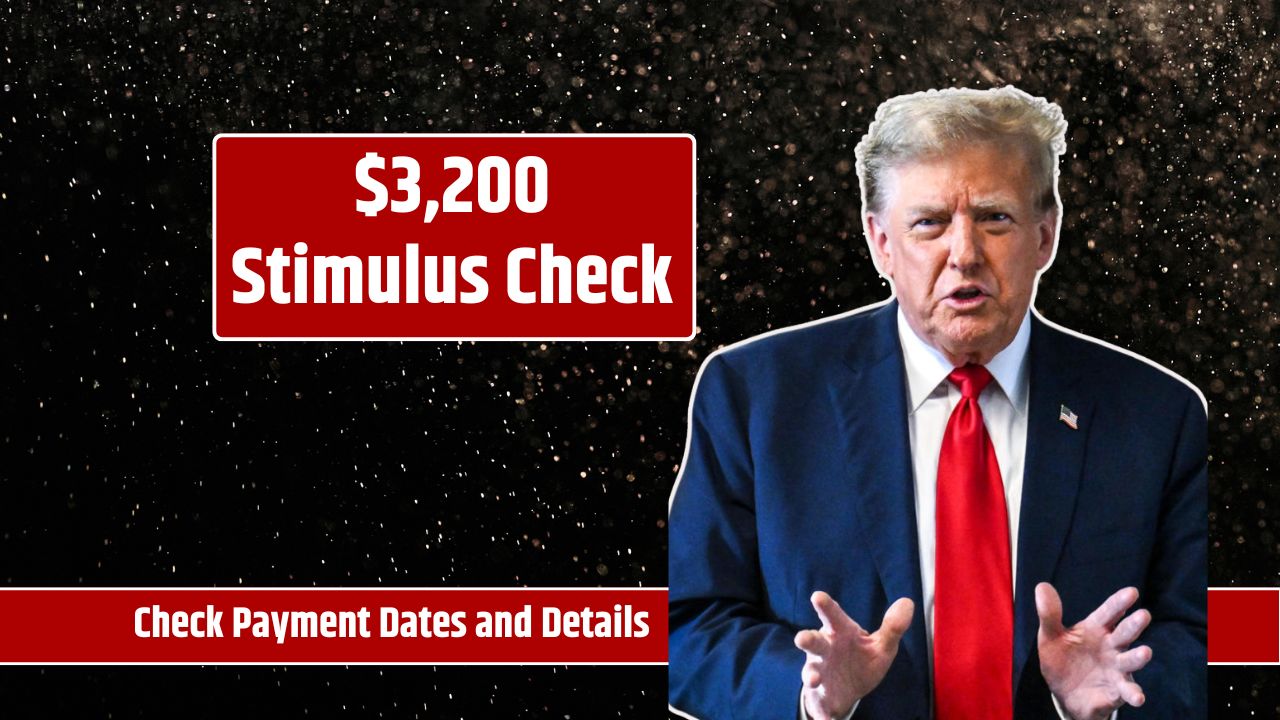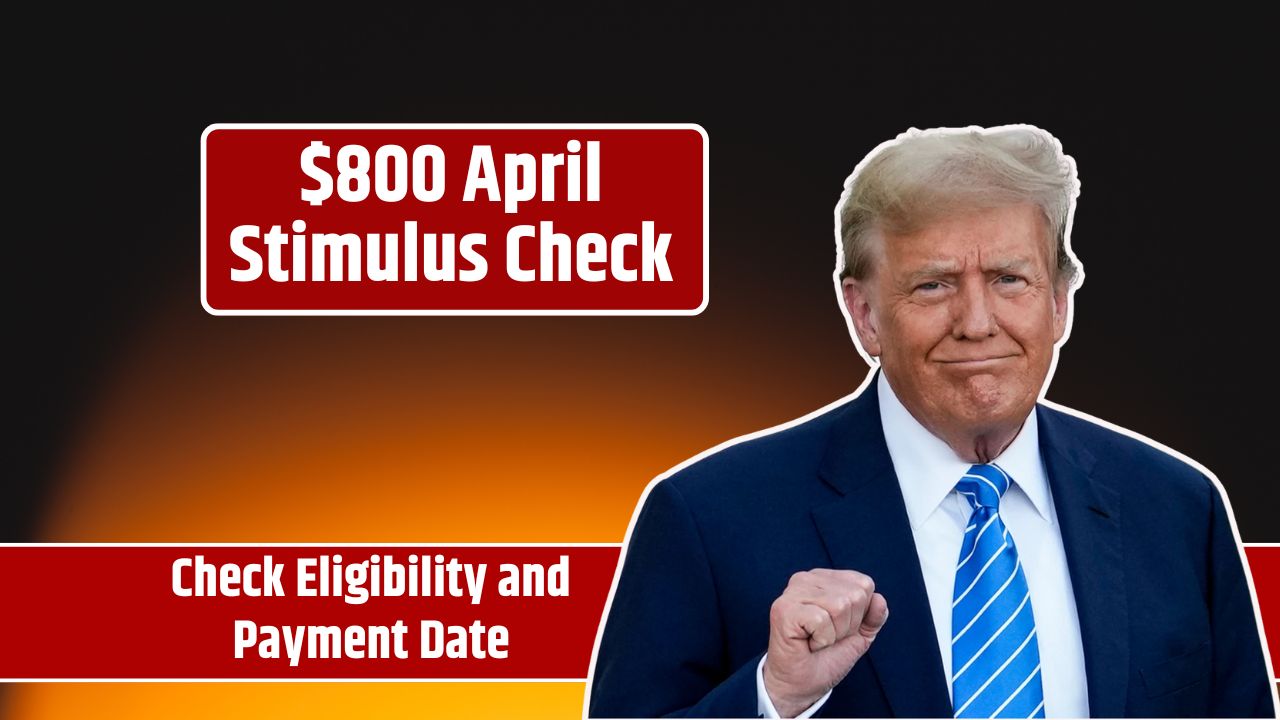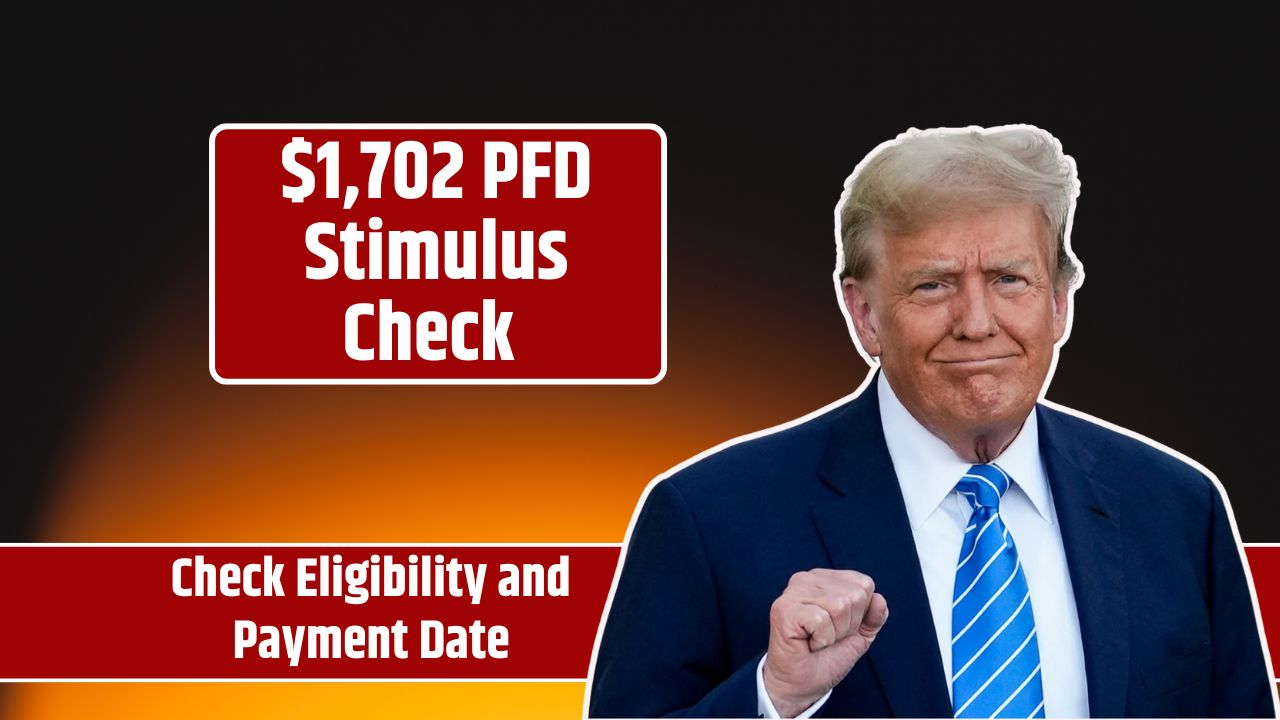With inflation continuing to chip away at paychecks and essential costs like groceries, gas, and rent climbing higher, the possibility of a $2,000 fourth stimulus check is back in the spotlight. While it hasn’t been signed into law yet, there’s growing momentum in Washington to introduce another round of direct relief payments—this time potentially enhanced by digital checkbook delivery systems.
Let’s walk through what’s being proposed, who could qualify, and how soon money might start showing up—digitally or otherwise.
Fourth Stimulus Check: What We Know So Far
The idea behind a new round of economic impact payments is straightforward: put cash directly into the hands of Americans to ease financial pressure and stimulate the economy. Here’s a quick overview:
| Topic | Details |
|---|---|
| Amount | $2,000 per eligible individual |
| Eligibility | U.S. citizens or legal residents with a valid Social Security number |
| Deposit Date | Not yet confirmed |
| Purpose | Inflation relief, recovery support, and economic stimulus |
| Digital Checkbook? | New systems may allow faster, more secure delivery through digital options |
| Official Source | IRS.gov |
Eligibility Requirements
If the government follows a familiar playbook, the requirements would be very similar to those from past stimulus rounds:
General Criteria:
- You must be a U.S. citizen or lawful resident.
- You must have a valid Social Security number.
- You need to have filed a recent federal tax return.
- Income limits will apply, phasing out higher earners.
Income-Based Eligibility:
| Filing Status | Full Payment If AGI Is… | Phase-Out Ends At… |
|---|---|---|
| Single | Up to $75,000 | Around $99,000 |
| Married Filing Jointly | Up to $150,000 | Around $198,000 |
| Head of Household | Up to $112,500 | Around $136,500 |
If you have dependents, you could receive additional funds per child or qualifying individual—just like in previous rounds.
When Could the Money Arrive?
That’s still up in the air. There’s been no official deposit schedule released yet because the proposal hasn’t passed. But if legislation is approved, expect a similar rollout to the previous stimulus checks.
Payment Timeline Estimate:
- Legislation passes → within 3–6 weeks, payments begin
- Direct deposits typically arrive first
- Checks and debit cards may take longer
The Role of Digital Checkbooks
One major change this time around could be how the money is delivered. A digital checkbook system, being discussed in some policy circles, would allow the IRS to send payments digitally without relying solely on banks or mail.
Potential Benefits:
- Faster processing
- Fewer delays from outdated banking info
- Easier access for unbanked households
- Improved security and tracking
If implemented, recipients could receive their stimulus through a secure digital portal, linked to mobile devices or government-run apps. It’s not confirmed yet, but worth watching as technology continues to modernize how relief is distributed.
Why the Government Might Send Another Check
1. Boost Consumer Spending
A $2,000 check can encourage people to spend on rent, food, utilities, and even local businesses—stimulating the economy directly.
2. Combat Inflation Pressure
Inflation has outpaced wage growth for many Americans. A direct cash infusion helps families cover gaps without sinking into debt.
3. Support Financial Recovery
While the pandemic may be behind us, the financial toll for many families still lingers. The fourth stimulus check would offer a much-needed cushion.
Previous Stimulus Check Context
Let’s not forget: the U.S. has already rolled out three successful stimulus rounds during the pandemic:
| Round | Amount | Year | Key Details |
|---|---|---|---|
| 1st | $1,200 | 2020 | CARES Act; included children |
| 2nd | $600 | Late 2020–2021 | Smaller payment, same eligibility rules |
| 3rd | $1,400 | 2021 | American Rescue Plan; expanded dependent relief |
The fourth round, if passed, would be the largest to date.
Alternatives If It Doesn’t Pass
Even if the $2,000 check doesn’t get approved, several alternative relief measures may come through:
- Expanded Child Tax Credit
- Energy or housing assistance
- Earned Income Tax Credit (EITC) boosts
- Unemployment benefits for specific sectors
These options may not be direct checks, but they offer valuable support depending on your income and family situation.
How to Prepare Now
Whether you’re confident it’ll happen or just want to be ready, here’s how to stay prepared:
File Your Taxes
Make sure your 2024 tax return is filed on time, even if you don’t owe anything. It’s how the IRS determines eligibility and payment amounts.
Update Your Direct Deposit Info
Outdated or closed accounts can delay your payment. Use the IRS portal to double-check your info.
Sign Up for IRS Alerts
Get the latest updates directly from IRS.gov and avoid relying on rumors.
Avoid Scams
The IRS will never call or email asking for your bank details or to “verify” eligibility.
The proposed $2,000 fourth stimulus check isn’t guaranteed—but it’s very much on the table. With inflation showing no signs of slowing down and many Americans still facing real financial pressure, the case for additional economic relief is strong.
Stay organized, stay informed, and stay ready. Whether the money shows up in your bank account or your digital checkbook, being prepared is the best way to make sure you don’t miss out.
FAQs
Will there be a fourth stimulus check in 2025?
It’s being discussed but has not yet been approved by Congress.
How much is the proposed payment?
$2,000 per eligible individual, with possible additional funds for dependents.
Who qualifies?
U.S. citizens or legal residents with valid Social Security numbers who meet income thresholds.
How will it be delivered?
Most likely through direct deposit, paper check, debit card, or possibly a new digital checkbook system.
Where can I check my eligibility or payment status?
Use official tools at IRS.gov when available.
